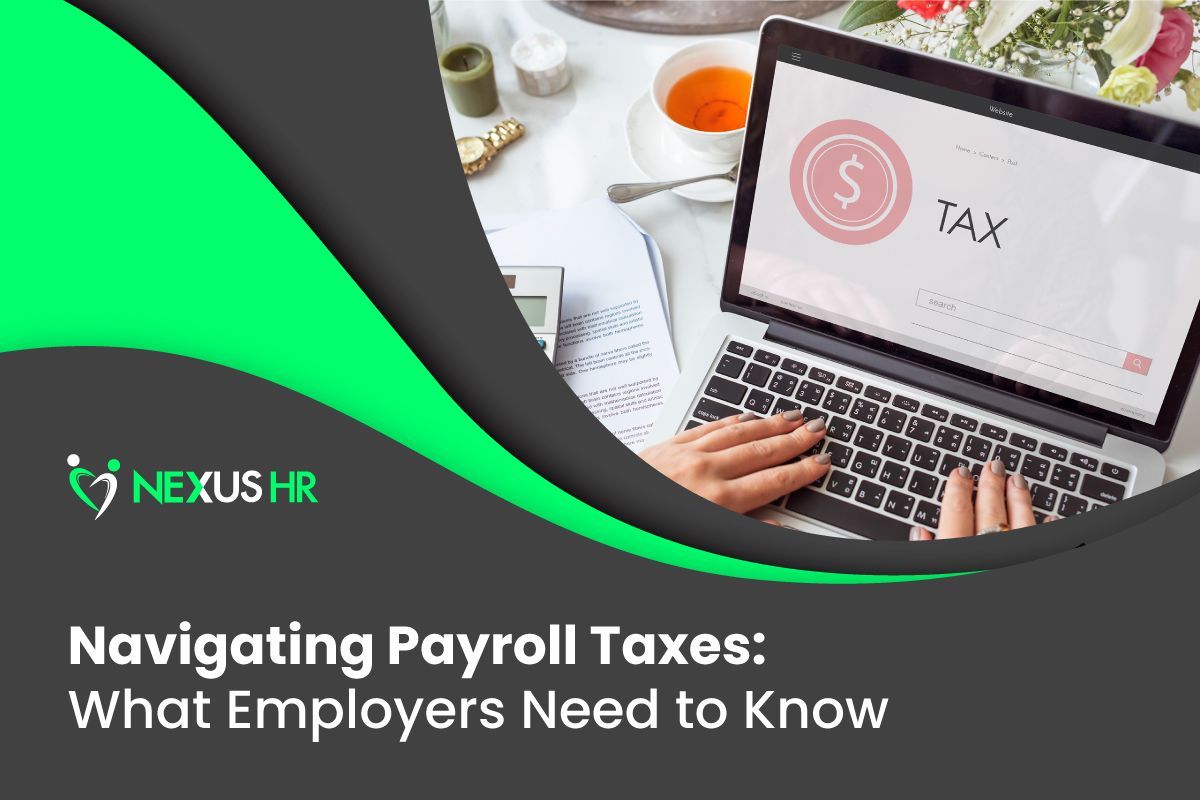Get in touch
877-922-5867
Info@Nexushr.com
877-922-5867
What is a Stay Interview? And How Do I Conduct One?
A surprise resignation by a high-performing employee is every manager’s worst nightmare.
If you’ve experienced this, you probably asked yourself what pushed them to resign and why you never saw it coming. Then you realize “prevention is better than cure” applies to employee turnover, too.
In many companies, employees experience personal, one-on-one meetings with their managers only a few times. These meetings are typically the job interview, periodic performance reviews, and the exit interview.
As a result, employees don’t get meaningful interactions with their managers; no wonder four out of five (86%) employees don’t feel heard in their organizations. They feel unappreciated and unmotivated. It doesn’t take long before unmotivated employees quit, and your company loses valuable talent.
A stay interview is designed to break this cycle.
What is a Stay Interview?

Richard P. Finnegan, the author of The Power of Stay Interviews for Engagement and Retention, defines a stay interview as “a structured discussion a leader conducts with an individual employee to learn specific actions the leader can take to strengthen the employee's engagement and retention with the organization.”
Stay interviews are conversations where managers, supervisors, or leads set aside time to proactively connect with their team members to assess job satisfaction and offer support in areas that need improvement. It’s a tool that helps leaders understand why employees stay with the company and what work-related factors may cause them to leave.
By asking structural questions about job satisfaction, leaders know what their employees think and feel. They can use this information to identify things the company can continue doing and concerns they must address.
Read More:
5 Ways to Increase Employee Retention
Stay Interview vs. Performance Review: What’s the Difference?

While both stay interviews and performance reviews can help increase employee engagement, they are not the same, and you should not hold both in the same meeting. Stay interviews must avoid discussing performance.
Finnegan recommends having the stay interview focus on how the company can raise the employees’ levels of engagement and retention, not how they can perform their job better.
Schedule stay interviews and performance reviews a few weeks or months apart. Employees are in a different frame of mind during stay interviews than in performance reviews, so you need to give them time to ease into the ideal mindset for the particular meeting you want to have with them.
During performance reviews, employees expect to hear potentially difficult news from you about their performance. Their minds are likely programmed to absorb information, speak little, and not engage in open discussion. During stay interviews, however, you’d want your employees to be more relaxed, honest, and open to free-flowing dialog.
Read More:
Questions to Ask in a Performance Review
How to Conduct a Stay Interview

Stay interviews must be simple, structured, and well-prepared. Here are a few steps to follow while conducting a successful stay interview:
1. Schedule the Interview
Make sure to schedule the interview ahead of time. Before sending out any invites, decide on the following details:
- Frequency. Most companies do stay interviews at least once a year.
- Duration. The Society for Human Resource Management (SHRM) recommends setting the meeting at 20 to 30 minutes.
- Venue. Choose a private yet relaxed area in the office where you can comfortably have a conversation.
- Time and Date. As mentioned in the previous section, ensure you don’t schedule stay interviews and performance reviews too close together.
- Attendees. While HR can join the interview, they don’t have to. Stay interviews are ideally handled by the employees’ direct supervisors or managers.
Once you have the stay interview details, send the employee an invite to block the timeslot on their work calendar and yours.
While stay interviews are ideally conducted in person, scheduling a face-to-face meeting with a remote employee may not be practical. If you must hold a stay interview via video call, ensure you turn on your cameras and your devices work correctly.
Read More:
Tips for Managing Remote Employees
2. Open the Conversation
On the day of the stay interview, HR expert
Charlette Beasley recommends opening the conversation by telling them the purpose of the meeting and that you’re looking for honest feedback. Set a casual, relaxed tone and keep the conversation informal.
3. Ask and Listen
Stay interviews are structured discussions, so you must prepare a list of questions beforehand. Ask open-ended questions and encourage conversation. Actively listen to the employee’s answers and ask follow-up questions to get more detail and clarity.
4. Close with a Summary
To show the employee that you were listening to them, summarize the key points you discussed. Assure the employee that you heard what they said and that you will take action to improve their employee experience. Thank them for their time and insight, and end the interview positively.
5. Take Action and Update
The most critical part of stay interviews takes place after the meeting ends. Respond to your employee’s feedback with actionable steps, and ensure you update them on any progress, stumbling blocks, or concerns.
12 Stay Interview Questions to Ask Your Employees

Because stay interviews are typically informal conversations, it’s easy to get sidetracked and lose track of time. To keep the stay interview structured yet casual, we’ve added a list of open-ended stay interview questions from SHRM. You can use them as inspiration when preparing your own questions for the interview:
- What do you look forward to when you come to work each day?
- What do you like most or least about working here?
- What keeps you working here?
- If you could change something about your job, what would that be?
- What would make your job more satisfying?
- How do you like to be recognized?
- What talents are not being used in your current role?
- What would you like to learn here?
- What motivates (or demotivates) you?
- What can I do to best support you?
- What can I do more of or less of as your manager?
- What might tempt you to leave?
Nexus HR Helps You Find Time for Stay Interviews

A stay interview is an invaluable tool that helps create a positive work environment, increases employee engagement, and boosts employee retention.
A vital aspect of the stay interview is that
leaders
conduct it, not the Human Resources department. Unfortunately, only a few supervisors have the time to sit down and meet with each of their employees—this is where HR comes in.
Third-party HR partners like Nexus HR can handle tedious, time-consuming administrative tasks so leaders like you won’t have to. By streamlining your office’s HR processes,
recruitment, employee onboarding, and
payroll, you can clear your calendar and book vital one-on-one time with your employees.











